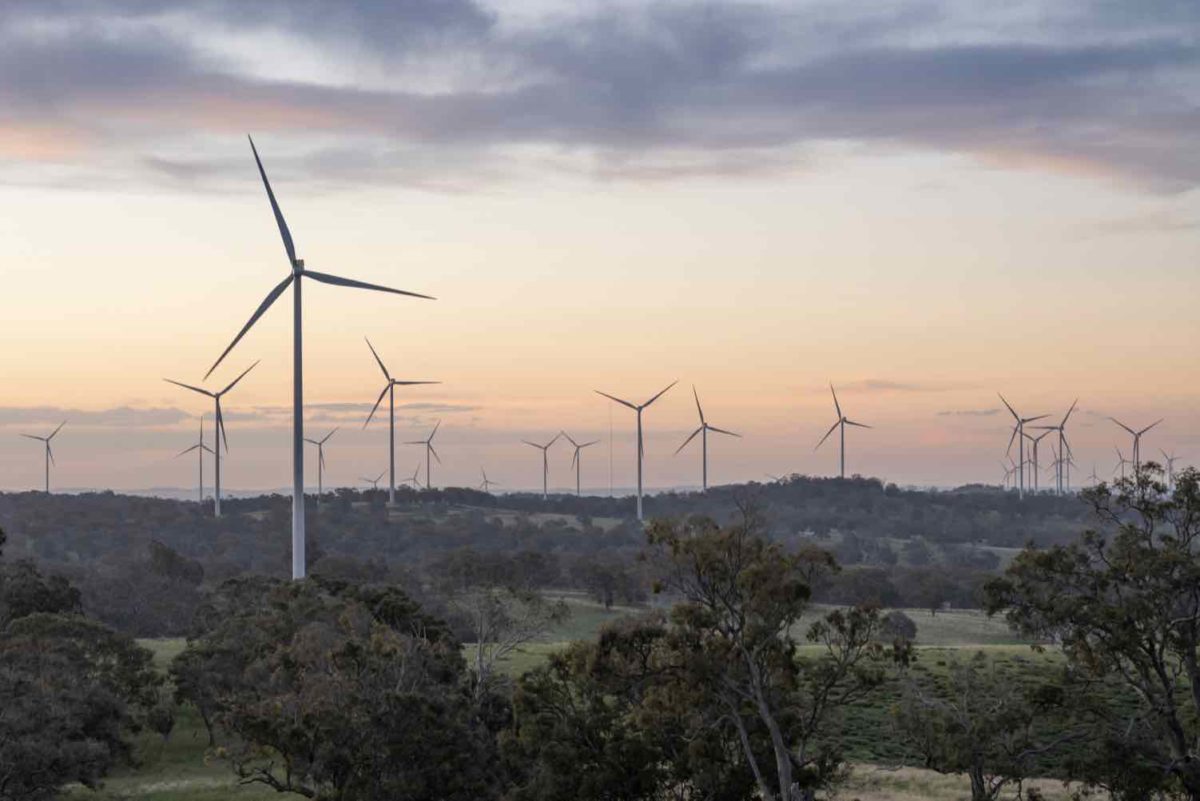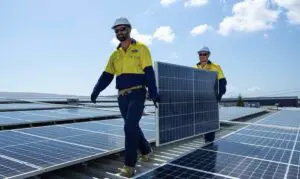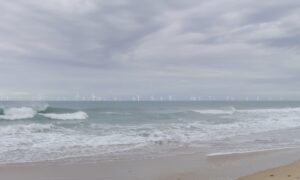Electricity consumers in the ACT will experience price rises lower than the rate of inflation in the coming year, thanks to the benefits of low cost wind and solar contracted by the government under its 100 per cent renewable energy policy.
While consumers in most states are being hit by electricity price rises of 20-27 per cent in the coming year, consumers in the ACT will see an average rise of just 4.2 per cent, lower than the rate of inflation.
The local regulator says that the nature of the wind and solar contracts, which means the profits from higher wholesale prices are fed back to consumers, rather than the wind and solar project owners, is saving households an average of $225 a year.
“Without the ACT’s large scale renewable energy contracts, the average household on the regulated standing offer would have faced electricity bills around $225 higher,” the government said in a statement.
Instead, two thirds of ACT consumers will face an average increase of just $75 a year in 2023/34, and one third will actually see a fall of around $100 a year.
The Independent Competition and Regulatory Commission (ICRC) estimates that households across the border in NSW, who are fully exposed to the soaring cost of coal and gas generation in the wholesale market, will pay $747 more a year on average.
“This stability in ACT electricity prices for the coming year is a direct result of the decisions made over a decade ago to implement a 100 percent renewable electricity target,” ACT chief minister Andrew Barr said in a statement.
“These forward-thinking policies have shielded the ACT community from the extreme price volatility witnessed in other parts of the country.
“The increase is also less than inflation, meaning a real reduction in electricity costs, which is good news for Canberrans facing cost of living pressures.”
Energy and climate minister Shane rattenbury says the ACT has been able to offer cheaper renewable electricity to ACT consumers by investing in wind and solar through initiatives like the large-scale feed-in tariff scheme.
Under this scheme, the ACT has struck fixed prices with a collection of wind and solar farms in NSW (including the Sapphire wind farm pictured above), Victoria and South Australia under a mechanism known as a “contract for difference.”
When wholesale electricity prices are high, as they have been for the last 18 months thanks to the soaring cost of coal and gas generation and the exercise of market power by the fossil fuel generators, then the excess money is returned to the ACT.
The ACT met its 100 per cent renewables target in 2020, but is now commissioning more wind and solar projects, such as the Goyder South wind project in South Australia, to deliver more electricity to support the electrification of transport, industry and households.
It is also building several big batteries to further protect consumers against price spikes and to maintain reliability and stability in the local grid.
A 10MW/20MWh battery has already been commissioned, a 100MW/200MWh battery built by Neoen as part of its Goyder South contract is nearly complete, and an even bigger 250MW/500MWh battery will also be built, and deliver a unique revenue sharing deal with the ACT.
On Thursday, Australia-first legislation is expected to pass through the local chamber that will ban new connections of fossil gas in the ACT, as it accelerates efforts to electrify households.
The ACT has the highest uptake of EVs in the country, reaching more than 20 per cent in April, more than 2.5 times the national average.








